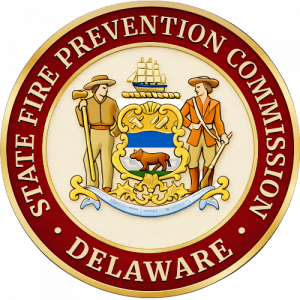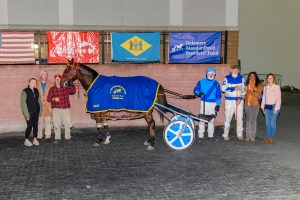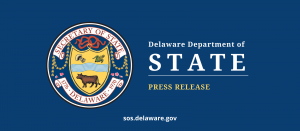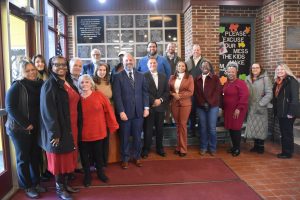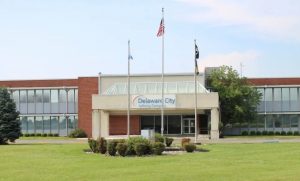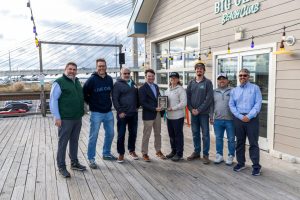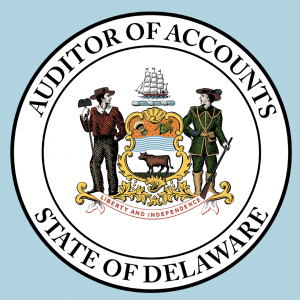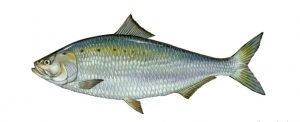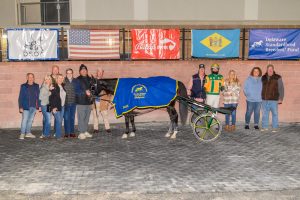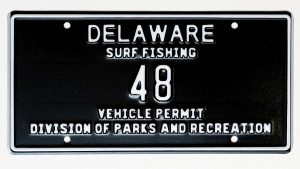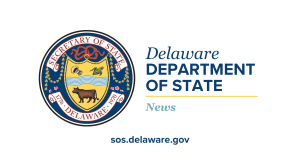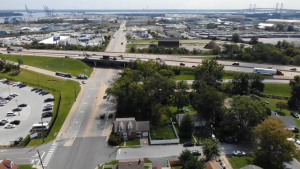DELAWARE NATIONAL ESTUARINE RESEARCH RESERVE (Sept. 28, 2013) – In celebration of the Delaware National Estuarine Research Reserve’s 20th anniversary, DNREC Secretary Collin O’Mara and Delaware Coastal Programs Administrator Sarah W. Cooksey welcomed environmental partners and guests to the Arts in the Estuary event at the St. Jones Reserve. Today’s event showcased the Delaware National Estuarine Research Reserve (DNERR) and the federal/state partnership in advancing Delaware’s coastal and estuarine conservation, research and education.
“The Delaware Reserve serves as a living laboratory and classroom – providing scientific information and supporting environmental education for thousands of school children and adults,” said Governor Jack Markell. “Congratulations on advancing a better understanding of Delaware’s coastal and estuarine resources and reaching this 20 year milestone.”
“For the past two decades, the Delaware National Estuarine Research Reserve has undertaken extensive research, outreach and restoration efforts and has addressed some of Delaware’s most important and challenging coastal and estuarine issues, including our resiliency to sea level rise,” said DNREC Secretary Collin O’Mara. “We appreciate our strong federal partnership with NOAA and our Congressional Delegation and thank them for their support of the Reserve and the valuable work underway here that provides scientific information for local decision-making and the wise management of our communities and furthers public understanding of Delaware’s coastal and estuarine ecosystems.”
Delaware’s diverse range of habitats makes it an ideal location for a National Estuarine Research Reserve. In order to capture this diversity, in the early 1990s, two sites were nominated by then-Governor Michael Castle to create the Reserve, and in 1993, following the National Oceanic and Atmospheric Administration’s approval of a submitted management plan, DNERR became the 22nd Reserve in the National Estuarine Research Reserve system. The DNERR would be run as a federal/state partnership between NOAA and DNREC and includes parcels of land held by private landowners, as well as parcels owned by the State of Delaware.
“With Delaware playing a vital role in coastal ecology – serving as a rest stop for millions of migrating birds – I have been a long supporter of wetland conservation,” said U.S. Sen. Tom Carper. “I applaud the hard work that the staff at the Delaware National Estuarine Research Reserve have done in its 20 years, and look forward to the Reserve reaching many more milestones.”
“The committed environmentalists of the Delaware National Estuarine Research Reserve play a vital role in how we protect our Delaware coastline and estuarine resources,” said Senator Coons. “I offer my sincerest congratulations to the leadership and staff for their efforts over the past 20 years as they have worked tirelessly to protect and manage natural estuarine habitats for research, education, and coastal stewardship for the people of Delaware.”
“Delaware is blessed with beautiful natural resources, including our coastal areas,” said U.S. Congressman John Carney. “It’s a privilege and responsibility to care for these parts of our state, learn from them and protect them for future generations. I congratulate everyone who has helped in the development of the Delaware National Estuarine Research Reserve over the last 20 years. Your work will continue to benefit our state for many years to come.”
“Research reserves are unique places that represent an important part of NOAA’s boots-on-the-ground effort to protect coastal resources,” says Margaret Davidson, head of NOAA’s Office of Ocean and Coastal Resource Management. “Delaware is a leader in coastal management thanks in large part to the commitment demonstrated for the past 20 years at this reserve. Reserve staff work closely with local coastal communities to help make them healthier and more resilient.”
Today, DNERR’s two locations total 6,206 acres – the St. Jones Reserve with 5,119 acres, including salt marsh and open water habitats on the St. Jones River and Delaware Bay, east of Dover and the Blackbird Creek Reserve with 1,087 acres of freshwater wetlands, ponds and forest lands in Blackbird Creek near Townsend. The two components include both brackish and freshwater estuaries and represent the diverse estuarine ecosystems found throughout the entire mid-Atlantic region. Both locations feature public hiking trails and wonderful recreational and educational opportunities.
The DNERR is one of 28 National Estuarine Research Reserves protecting over 1.3 million acres of coastal and estuarine habitat across the country, whose goal is to establish, protect and manage natural estuarine and coastal habitats for research, education and stewardship. The Reserve accomplishes these goals by serving as a living laboratory to support coastal research and long-term monitoring and as a reference site for comparative studies on coastal topics, such as ecosystem dynamics and human influences on estuarine systems. In addition, the DNERR serves as a living classroom for educators, students and the public – advancing estuary literacy and providing meaningful environmental education experiences for people of all ages, including more than 2,000 school children annually. The Reserve’s stewardship efforts involve a wide range of activities, including land acquisition, habitat mapping, ecological restoration, invasive species control, biological monitoring and watershed management projects, among others.
“Thanks to the dedicated staff and volunteers who have supported the Reserve since its foundation with their expertise and countless hours of service, the DNERR has truly become a nationally renowned location for coastal education and research,” said Delaware Coastal Programs Administrator Sarah W. Cooksey. “The State of Delaware directly benefits from the important work the DNERR conducts on conserving Delaware’s coastal resources through its comprehensive research and community outreach programs. We invite everyone to visit our sites to sample some of the great coastal resources we have in our state and to learn more about what you can do to help protect them.”
Over the past several years, the DNERR has undertaken extensive research and monitoring to address estuarine and coastal issues, including studies on changes to coastal marshes, their restoration and the potential impacts of sea level rise. One important study is investigating how much sediment has been collected on the marsh surface over long periods of time, known as accretion. Understanding the accretion of a coastal marsh is an important part of predicting its future conditions and may assist scientists and local communities in determining how well Delaware’s marshes will adapt to sea level rise or handle flooding from coastal storms. The results of the long-term wetland study will be interpreted by the Reserve’s scientists and shared with local resource managers and members of communities bordering the wetland areas.
The DNERR holds workshops, trainings and events that educate and engage communities, nonprofit organizations and state agency employee on how to better protect coastal areas through its Coastal Training Program. These events share the latest research from national and local studies, including research completed by Reserve scientists that can help them make better and more informed decisions about managing our state’s coastal resources. The Coastal Training Program often partners with other agencies, universities and organizations to offer these in a way that best fits the training needs of the participants. One recent workshop, held with the Delaware Sea Grant, provided community leaders with skills on how to prepare their communities for adapting to the impacts of climate change, such as potential threats from extreme weather, sea level rise and warmer temperatures.
DNERR passes on the information that it collects through the integration of education, research and stewardship so that Delaware residents of all ages can make wiser decisions about how we treat our coastal areas in the future.
The public is invited to visit the Delaware National Estuarine Research Reserve – St. Jones Reserve and Blackbird Creek Reserve – to enjoy the beauty of our coastal areas and learn more about the research studies underway by Reserve scientists. For more information on DNERR and its programs available to you, contact Kimberly Cole, Reserve manager at 302-739-6377 or visit http://de.gov/dnerr
Contact: Kimberly Cole, DNERR Manager, 302-739-6377; or Melanie Rapp, DNREC Public Affairs, 302-739-9902.
Vol. 43, No. 379



